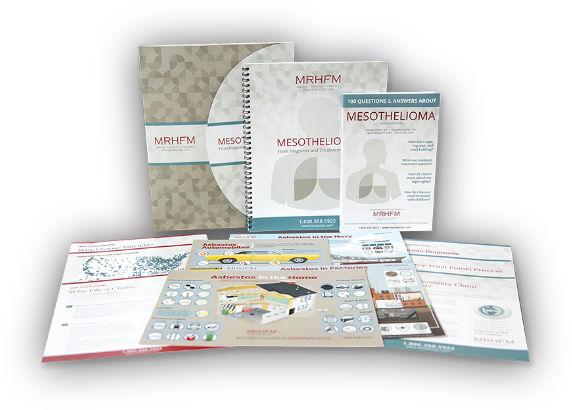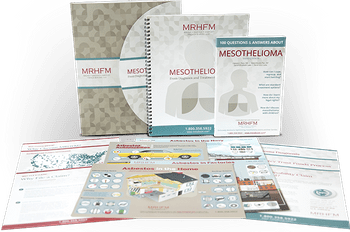If you live in a new or newer home, it’s safe to assume that it does not contain asbestos. For those living in homes built before the 1980s, asbestos could be lurking in your floor and ceiling tiles, in siding and roof shingles, and in insulation around pipes, boilers, fireplaces, sheeting and ducts. If you think you may have asbestos in your home, removal experts say remain calm, find out what you can do about it, and understand the risks of potential exposure.
- Remain calm.
If you discover asbestos in your home, take a deep breath and try to relax. Understand that there are things you can do to protect yourself and your family immediately. Asbestos-containing materials that aren’t damaged or disturbed are not likely to pose a health risk, says the Environmental Protection Agency (EPA), so don’t touch it. Usually the best thing to do is leave asbestos-containing material alone if it’s in good condition. If it’s not, you can quickly and safely determine the condition by sight. Look for signs of wear or damage such as tears, abrasions, and water damage.
Damaged material may release asbestos fibers. “This is particularly true if you often disturb it by hitting, rubbing or handling, or if it is exposed to extreme vibration or air flow,” says the EPA. If you ascertain that asbestos-containing materials are damaged or slightly damaged, there are several ways to deal with it.
- What you can do about it.
Slightly damaged asbestos-containing material should be left alone, says the EPA, and access to the area should be limited to avoid touching or disturbing it. However, if the thought of having asbestos in your home is too upsetting for you, repair or removal by a trained and accredited asbestos professional is the best approach. Removal or repair is a must if asbestos-containing materials are damaged (broken, cracking, flaking, etc.). Check your local directory for asbestos abatement specialists and verify their credentials before committing to a repair or removal project.
- Understand the risks of potential exposure.
If asbestos is broken, cracking, flaking, or all of the above, fibers can become airborne. If you inhale the fibers, over time, they can lodge deep in the lungs or abdomen, and they can even affect the heart.
Asbestos fibers can injure the cells of the pleura, and eventually cause cancer of the protective lining of the lung, called pleural mesothelioma. Symptoms include painful coughing, chest pain, and shortness of breath, unexplained weight loss, and unusual lumps of tissue under the skin on the chest.
Peritoneal mesothelioma forms in the abdomen. This can result from coughing up and swallowing inhaled asbestos fibers. Symptoms include abdominal pain and swelling, unexplained weight loss, and lumps of tissue in the abdomen.
In cancer that develops in the lining of the heart, called pericardial mesothelioma, mesothelioma cells grow and cause the lining of the heart to thicken. Fluid also builds up in the sac around the heart, called a pericardial effusion. Symptoms include heart palpitations, cough, difficulty breathing, chest pain, fever, fatigue, and murmurs.
Though treatment options are available, there is no cure for mesothelioma. In general, patients who are diagnosed early have the best prognosis. However, because it takes decades for mesothelioma to cause any symptoms, most people are diagnosed when the disease is already in its late stages.
Sources
"Diseases and Conditions: Mesothelioma." Mayo Clinic. Mayo Foundation for Medical Education and Research (MFMER), 1998-2017. Web. 18 Apr. 2017.
"How Is Malignant Mesothelioma Diagnosed?" American Cancer Society. American Cancer Society, Inc., 2017. Web. 18 Apr. 2017.
Papadakis, Maxine A., Stephen J. McPhee, and Michael W. Rabow. 2015 Current Medical Diagnosis & Treatment. New York: McGraw-Hill Education/Medical, 2015. Print.
"Protect Your Family." EPA.gov. United States Environmental Protection Agency (EPA), 19 Dec. 2016. Web. 18 Apr. 2017.
"What Are the Risk Factors for Malignant Mesothelioma?" American Cancer Society. American Cancer Society, Inc., 2017. Web. 18 Apr. 2017.
Wright, Leonard. "Asbestos Fibers in Your Home Cause for Caution." News - Utah Department of Environmental Quality. Utah Department of Environmental Quality, 29 Sept. 2014. Web. 18 Apr. 2017.
Current Medical Diagnosis & Treatment
Maxine and Stephen, McGraw 2015






